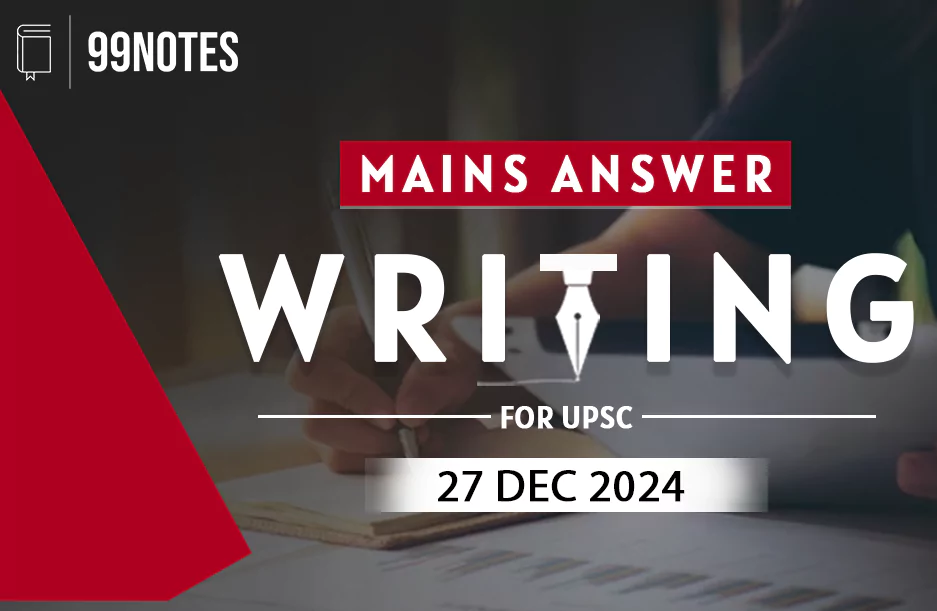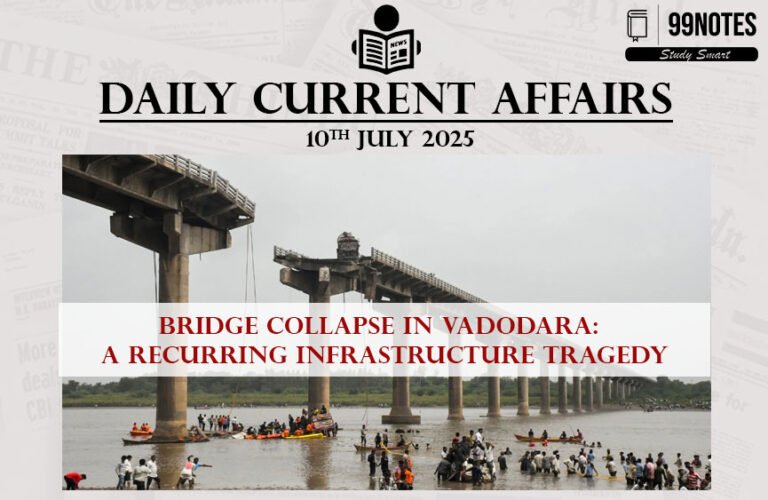27 December 2024 : Daily Answer Writing
Q1) The key challenge that plagues both skill development and higher education is that higher education is out of sync with the skill requirements in the job market. Discuss. (150 Words/10 Marks)
ANS:
Current Landscape and Challenges to Education-Skill Mismatch in India:
- Curriculum Mismatch: (a) curriculum remains theoretical and outdated + insufficient emphasis on skills and industry-specific knowledge; (b) in addition, rapid technological advancements + evolving industry trends required frequent updates; (c) rigid regulatory frameworks inhibit innovation in curriculum + autonomy of institutions is gradually eroding.
- Lack of Collaboration: (a) gap in industry-academia collaboration prevents real-time understanding of the needs of the market; (b) internships + apprenticeships are often insufficient or non-existent; (c) faculty members often lack exposure to industry practices.
- Dismal Quality of Education: (a) none of the Indian institution rank among Top 100 global institutions; (b) wide disparity in the quality of education provided across institutions – central vs state + rural vs urban; (c) institutions lack the necessary funding and infrastructure to provide quality education [India spends 3% of GDP in education, instead of required 6%]; (d) National Institute of Labour Economics Research and Development (NILERD) study: trainees of the ITIs were dissatisfied with the quality of training.
- Structural Issues: (a) rural areas have limited access to education + skilling initiatives [WEF: only 10% of the rural workforce has received formal skills training]; (b) only 5% of the enterprises in India have participated in skill development programs [NSSO].
- Social Perceptions: vocational education and training systems in India are underdeveloped and often stigmatized, hence it is viewed as a second choice, leading to low enrollment.
Corrective measures:
- Curriculum: (a) National Education Policy (2020) prescribes integration of vocational education with mainstream education, it should be earnestly implemented; (b) include soft skills, digital literacy, and entrepreneurship into the curriculum.
- Transfer of Credits: Academic Bank of Credits and multiple entry and exit points for learners will help them to continue their studies at their convenience + also help to integrate vocational and higher education.
- Industry-Academia Linkage: (a) leads to better pedagogy + direct placements; (b) paves the way for continuous updates of the curriculum; (c) facilitates internships, apprenticeships, and collaborative projects.
- Plan Ahead: (a) skill development planning should be done for at least the next two decades; (b) timely assessments of the labour market for efficient coordination of skill development initiatives.
- Women-Specific Policies: targeted policies towards women should be taken to improve gender equality in the economic sphere.
For more such UPSC related Mains Answer Writing, Check Out 26 December 2024 : Daily Answer Writing



